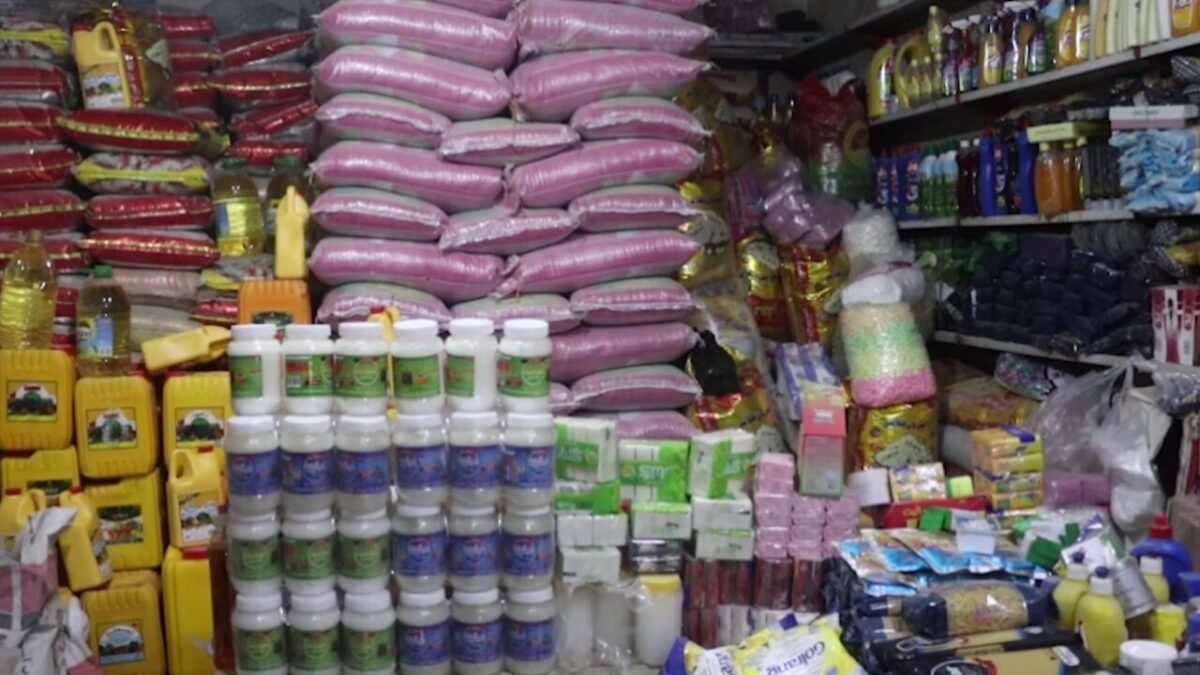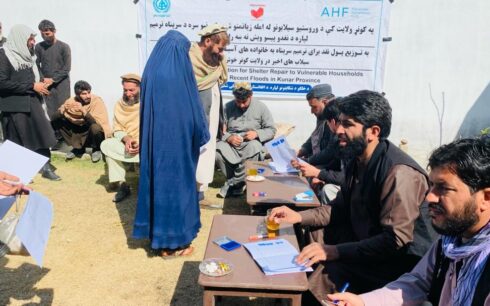KABUL, Afghanistan — Afghanistan’s local markets have remained largely stable in early 2025 despite reduced international aid, cross-border trade disruptions, and the impact of the harsh winter lean season, according to a new report by REACH Initiative, an international research group that provides data to support humanitarian and development responses.
The Quarterly Markets Overview, based on assessments in 29 provinces and 155 markets, found that while prices for key goods such as wheat flour and vegetable oil remained steady, access to income and affordability remain under strain — especially in rural areas.
The report shows that Minimum Expenditure Basket (MEB) costs — a benchmark for essential needs — rose from AFN 18,000 in March 2024 to nearly AFN 20,100 in February 2025, before dipping slightly to AFN 19,500 in March.
The food basket cost has remained relatively steady, averaging around AFN 6,000, but rising modestly during winter months, reflecting seasonal price spikes in perishable items such as vegetables, the report says.
According to the report, 52% of vendors surveyed said they had to take on credit in the past month to restock, highlighting continued liquidity challenges in the absence of functioning financial systems.
Moreover, 21% of vendors reported supply difficulties due to seasonal road closures, especially in hard-to-reach provinces such as Ghor and Badakhshan.
Although 92% of food suppliers were located in Afghanistan, 35% of vendors relied — directly or indirectly — on suppliers from Pakistan (9%), Kazakhstan (9%), and Iran (7%), showing regional interdependence.
While markets in urban and accessible areas adapted well, a significant share of vendors and households in remote or snow-affected areas reported limited physical access to markets. In February 2025, 30% of assessed communities reported disrupted access due to snow or flooding.
The report also highlights a rising trend of market exclusion. In February, more than 50% of assessed households reported that they could not afford to buy anything from the market — a sharp increase compared to 2023. The affordability gap continues to grow even as goods remain physically available.
This growing exclusion is driven in part by the decline in humanitarian assistance. After the U.S. paused most aid to Afghanistan in January 2025 — later partially resumed — many agencies scaled back operations. Simultaneously, the month-long closure of the Torkham border with Pakistan in February severely disrupted imports of rice, fuel, and medical supplies.
Despite these shocks, markets avoided sharp price surges. The report says that the median number of food suppliers per vendor remained at five, and 66% of vendors had locked storage to help withstand supply delays.
The report warns that the current market equilibrium is fragile. With Afghanistan’s 2023 trade deficit nearing $6 billion, future shocks — whether in the form of climate events, political unrest, or donor fatigue — could push already vulnerable households into deeper economic hardship.
“Market resilience should not be confused with economic stability,” the report concludes. “Afghan markets are adapting — but not all Afghans are able to participate in them.”





